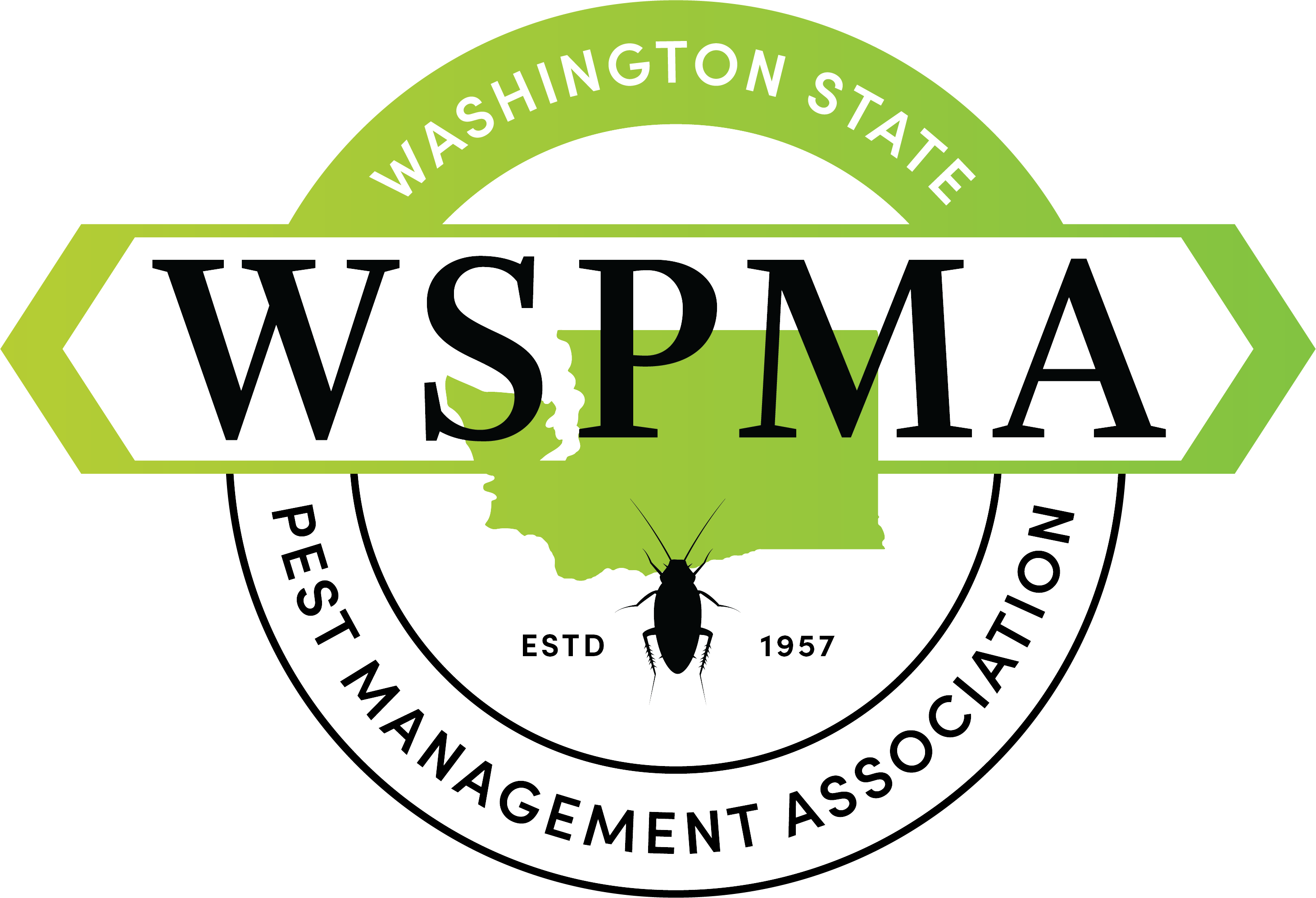Complete Story
06/03/2025
New USDA Research Links Major Honey Bee Losses to Viral Infections and Mite Resistance
What Pest Management Professionals Need to Know—and How to Talk About It with Concerned Customers
By Billy Olesen, ACE, WSPMA SPAR and Member of the Washington State Pollinator Taskforce
A recent report from the USDA Bee Research Lab has shed light on the alarming honey bee colony losses reported in early 2025. Commercial beekeepers across the U.S. experienced unprecedented losses—more than 60% of their colonies—just as bees were being staged for California’s almond pollination season. This new research offers crucial insights into what happened and why it matters.
The findings identify two primary factors behind the die-offs: high viral loads in bees and widespread resistance to a key mite treatment.
Key Findings
- Massive Economic Impact
More than 1.7 million colonies were lost, representing about 6.8% of all managed colonies in the U.S. The estimated financial impact exceeds $600 million. - High Viral Loads in Collapsing Colonies
Bees sampled from dying colonies showed unusually high levels of Deformed Wing Virus (DWV-A and DWV-B)and Acute Bee Paralysis Virus (ABPV). These viruses are known to be vectored by Varroa destructor, a parasitic mite present in nearly every commercial colony. - Widespread Resistance to Amitraz
All sampled mites from collapsed colonies carried a genetic mutation associated with resistance to amitraz, one of the most widely used miticides in U.S. beekeeping. This suggests current treatment practices may no longer be effective. - Lab Tests Confirm Extreme Virulence
Viral inocula from symptomatic bees caused rapid mortality in healthy bees, even at highly diluted levels. One sample was virulent enough to theoretically kill 66 million bees, highlighting the scale of the threat.
What This Means for Pest Management Professionals
While the structural pest control industry is not the cause of these losses, we often encounter public concern about pollinator health. Stories like this make headlines, and customers may ask if pest control activities are to blame.
This study provides clear, research-based information that pest management professionals can use to address those concerns responsibly.
Customer Talking Points
- "Yes, there were serious bee losses this winter, but they were caused by viruses and parasitic mites—not pest control treatments."
The bees affected were commercial hives used for pollination. These losses occurred inside the beekeeping industry and were not caused by residential or urban pesticide use. - "Beekeepers are facing a major challenge with mite resistance."
The main tool for mite control, amitraz, is becoming ineffective due to resistance. Without mite control, viruses spread rapidly and devastate hives. - "Our work is designed to protect pollinators, not harm them."
Professional pest control companies follow strict pollinator protection guidelines, including treatment timing, product selection, and application methods. - "We're committed to being pollinator-friendly."
WSPMA members routinely educate clients on pollinator-safe landscaping practices and offer services that balance pest control with environmental stewardship.
Looking Ahead
The rise in amitraz-resistant Varroa mites presents a serious challenge for U.S. beekeepers. Without effective mite control, viral outbreaks like this are likely to continue. This research supports the need for new treatment tools, improved monitoring, and integrated strategies to protect honey bee health.
For the pest control industry, it's more important than ever to remain informed and engaged. As professionals, we can help the public understand the real causes of bee declines while continuing to uphold best practices that protect both pollinators and people.

